After nearly a decade of testing Google Nest and Amazon Echo Smart Speakers in my home, here’s what I liked about each
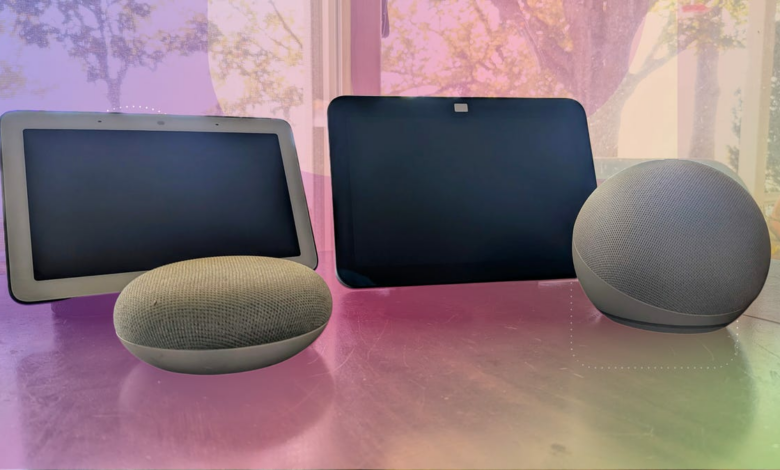
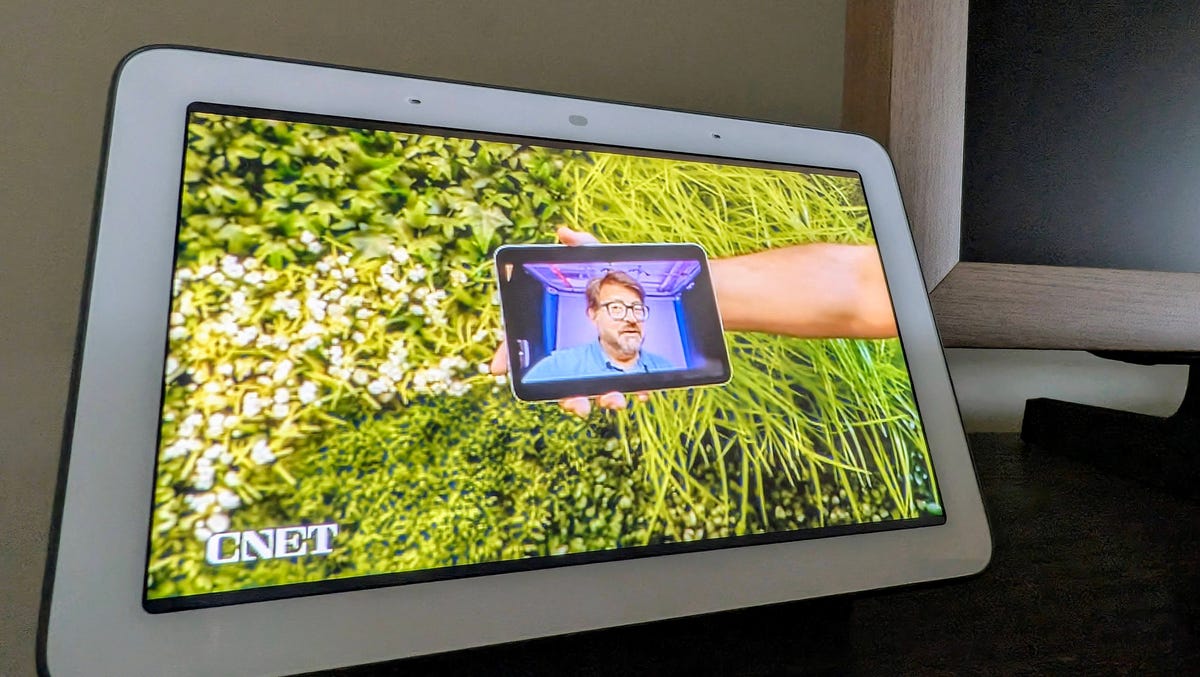
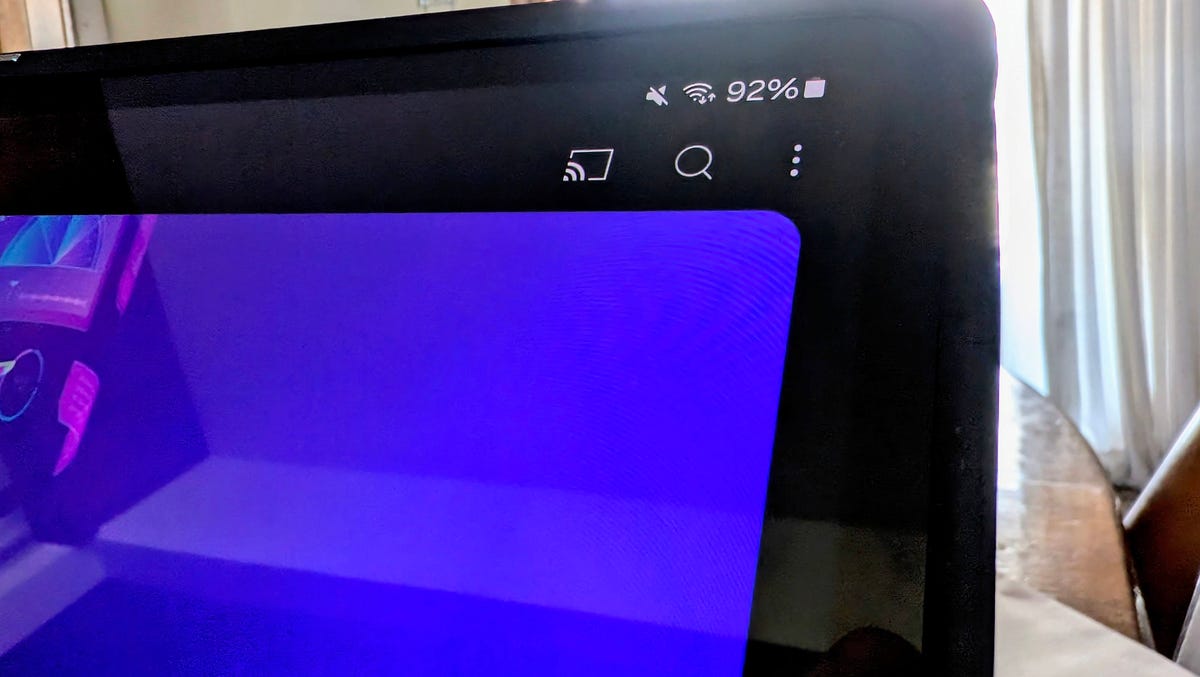
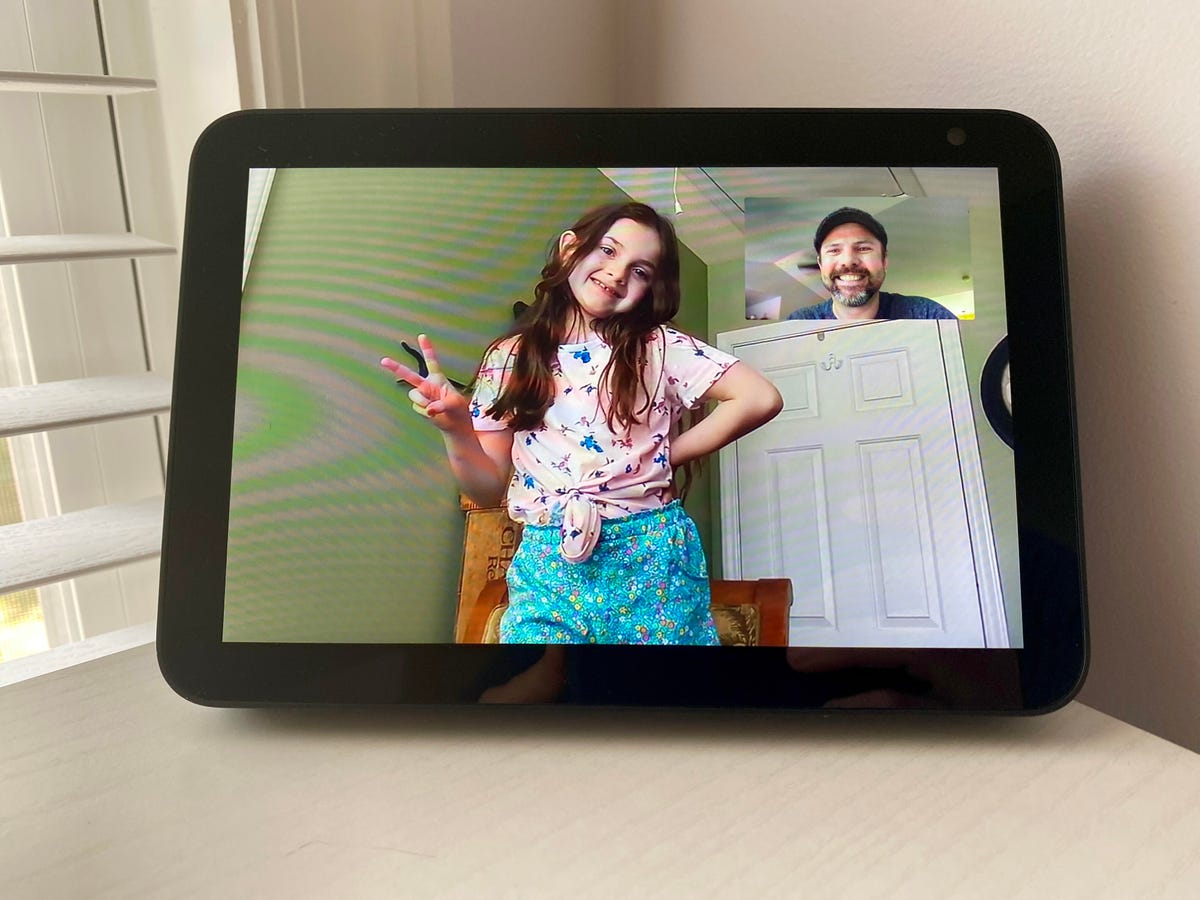
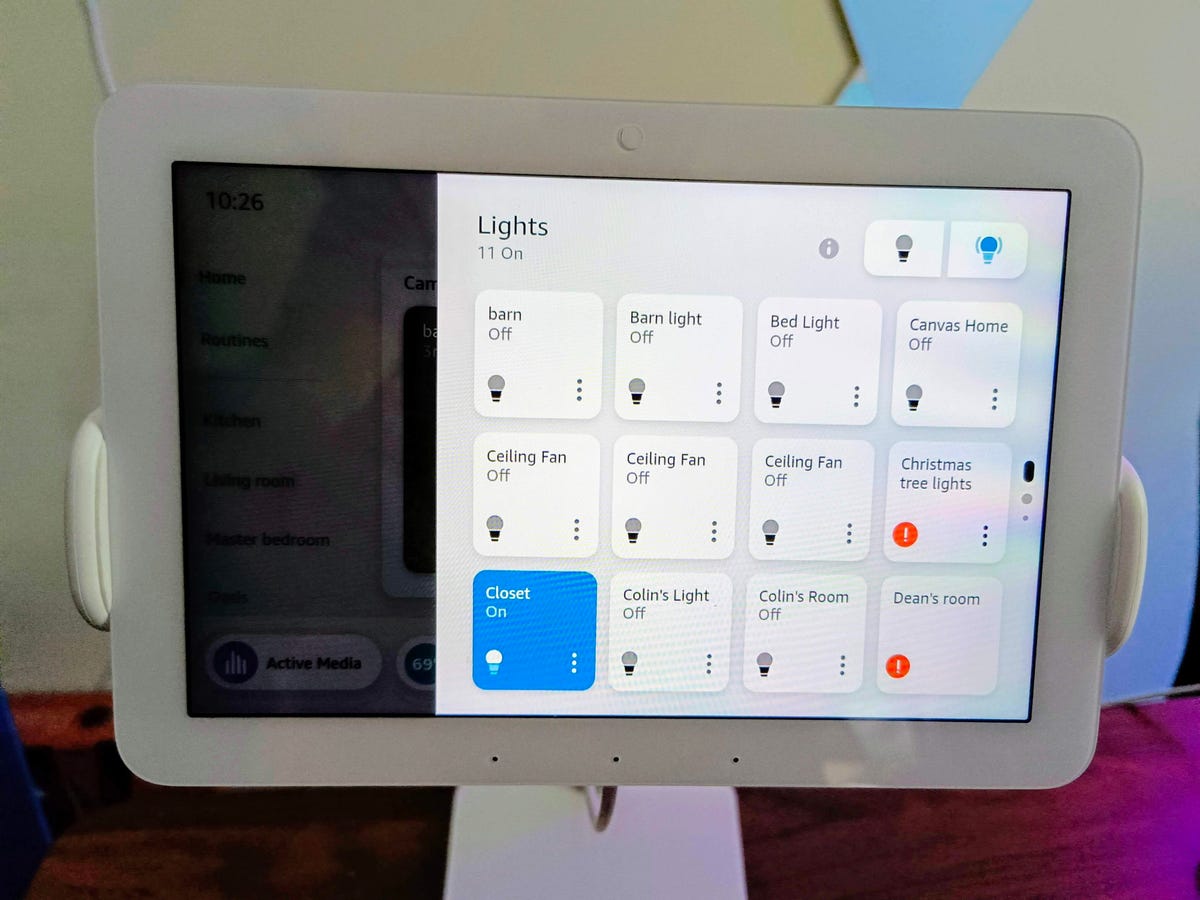
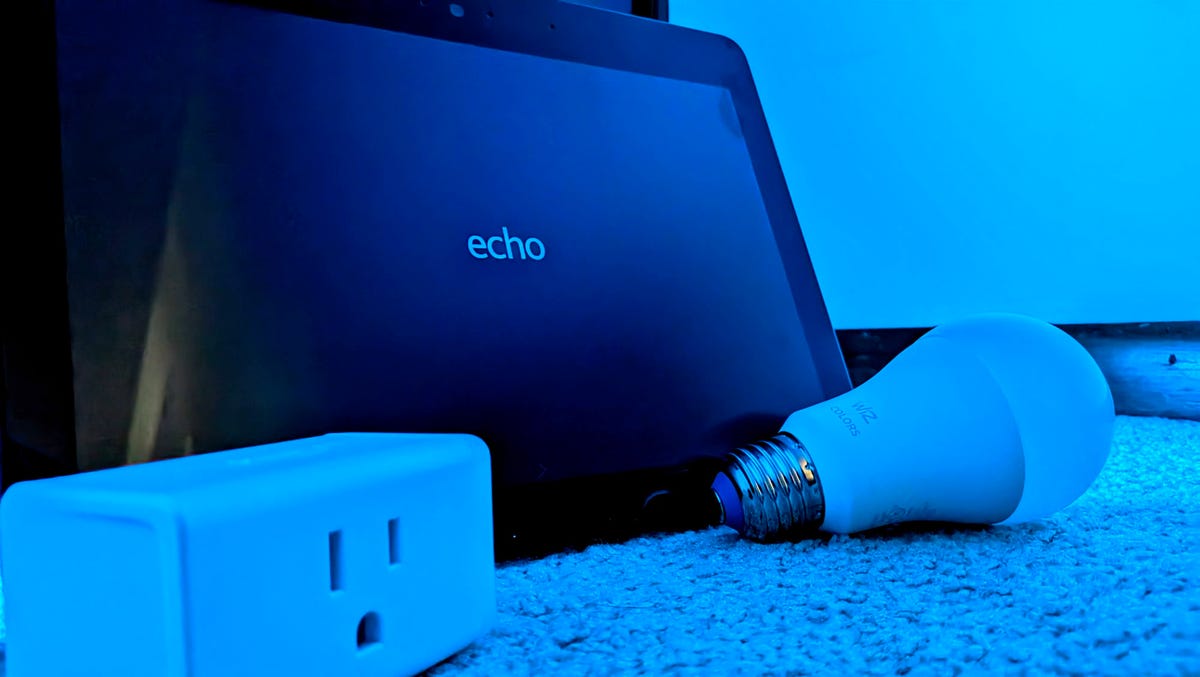
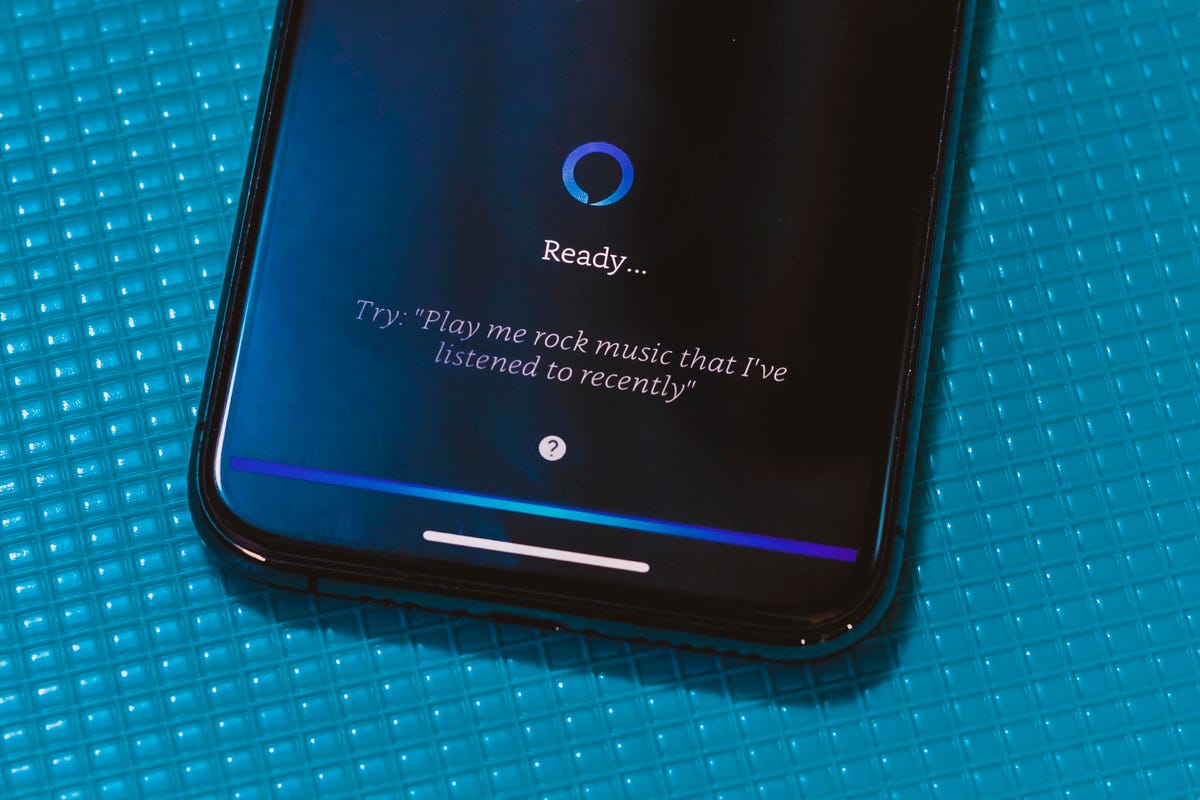
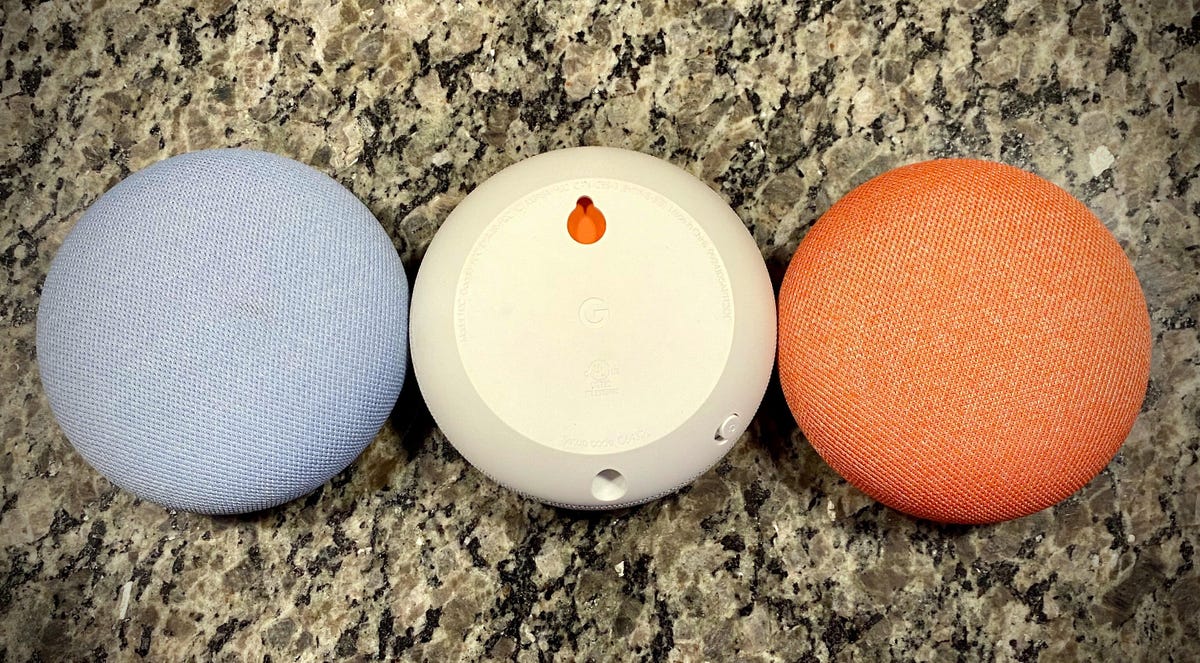
The rise of smart speakers nearly a decade ago ushered in a new era of smart homes, making a personal digital assistant accessible to the average person. But the connections to different device brands, utility features and entertainment options make the smart speakers and displays stand out.
Since Google and Amazon are leading the way in this area, it can be difficult to determine which one is right for you. Each company offers a competent voice-activated assistant that can handle questions, timers, reminders, play music, control smart home devices and more. But there are key differences between the two platforms that are important to consider before choosing one.
Stream what you want, where you want

If you’re working in the kitchen, you can use your smart display to ask Google Assistant to play videos from YouTube.
The Amazon Echo Show 10 and Google Nest Hub Max smart displays are both great entertainment machines with good audio and large screens that you can use to watch TV shows and movies. But what you look at and the way you look at it is very different.
While you can ask Alexa or Google Assistant to play a video on Netflix, the rest of the video streaming services don’t match up in the same way. The big win for Google here is direct access to YouTube. The massive user-driven service has billions of hours of running time every subject on earth and is not available on Amazon Echo Products.
Technically you can access YouTube through your Echo Show, but this requires a browser and it’s not a great experience.

Chromecast is built into Google’s smart displays, expanding the video platforms you can use.
Google’s Chromecast is another win in the video content category, as it’s built into all of its smart speakers and displays. This makes it easy to send Chromecast-compatible content on your phone directly to your Google Nest device.
Amazon doesn’t have great access to YouTube, but it does have direct access to Prime Video, which Google doesn’t have.
Communication functions

The Echo Show 8’s new 13-megapixel camera can pan and zoom on a squiggly subject to keep it front and center.
Hands-free calling can be useful when you have your hands full or are in the middle of a task. It’s even more convenient if you can make calls through your smart speakers and displays with Google Assistant, just like real phone calls.
Amazon Echo devices let you call other Echo speakers, but Google’s smart speaker lets you call any of your contacts, as long as they’re in the US or Canada. If you use Google Fi or Google Voice, your calls will be routed as if you were calling from your phone.
These types of calls work on all Google Assistant speakers, such as the Nest Mini, but if you have a Nest Hub Max with a camera, you can also make video calls. Depending on your preferences, Google Assistant will enable Duo or Zoom will handle these calls.
Control your home

A special Lighting tab shows you the current status of all smart lights in your home.
Many people plan to use a smart speaker with their smart home. While Google Assistant speakers and Amazon Echo speakers can both connect to and control a range of devices and brands, Amazon works with more.
According to one report from StatistaAs of July 2020, Alexa is compatible with over 100,000 devices, compared to Google’s current estimate of 50,000.
The more devices you can connect to your Echo, the easier it is to build the smart home you want without compatibility issues.
Some smart home devices work best with Google Nest and others with Amazon Echo. You have more options with Amazon devices. Knowing which devices you want in your smart home is important because even compatible devices work better on some platforms than others. For example, you’ll have a better experience using Ring devices with Amazon through Google, but the opposite is true for Nest devices.

Amazon Echo devices come in many styles, but they can all be great home assistants.
Aside from the products your Echo speaker can connect to, the speakers themselves have sensors and functionality that Google Nest speakers don’t have. For example, the Echo Dot has a built-in temperature sensor that can tell you how warm or cool the room is and can be used to trigger automations, making it a better complement to smart thermostats, heaters and fans.
The Echo Dot, along with other Echo speakers, can connect to Eero routers, some of the best mesh WiFi routers you can buy, to act as WiFi network extenders and boost the signal throughout the home.
Shopping and music services

Amazon Echo devices offer a distinct advantage with voice-activated shopping capabilities. You can purchase items directly from Amazon using an Echo speaker, receive updates on order status, and manage subscriptions. While you can search for Amazon products using Google, you won’t be able to buy anything or be notified about purchases from the online shopping giant if you use one of the Nest speakers. This feature is useful for Amazon power shoppers.
In addition to shopping and purchasing on Amazon through your Echo, your smart speaker can also notify you when your order has been shipped, shipped for delivery, or delivered. These features may not be used on a daily basis, but asking Alexa to reorder the batteries is so much fun. Don’t worry, you can still prevent your kids from paying a bill on Amazon Shopping.
In terms of music services, people on Amazon can seamlessly access Amazon Prime Music and other streaming services that Google Nest doesn’t offer. This gives you more music streaming options and a wider range of listening experiences if you have an Echo. But YouTube Music is available on Google Nest, which Amazon Echo fans will miss.
The appearance is important

The Nest Audio is available in five colors.
While design preferences are subjective, Google has long emphasized aesthetics in its products for our homes. Amazon has improved in this area since the third generation Echo, but I still give Google the edge.
The Nest Hub Max is the most boring, with only two color choices: chalk and charcoal. But considering all you really see is the screen, the fabric-covered back isn’t a major factor. The second generation Nest Hub will have two additional colors: fog and sand.
The two speakers, Nest Mini (second generation) and Nest Audio, are completely covered in dust. Thanks to their organic shapes and muted color palette, these smart speakers fit well into almost any interior. The Nest Audio is available in five colors: chalk, charcoal, sage, sand and sky. For the second generation Nest Mini we have chalk, charcoal, coral and air.
Compare the options
There are so many smart speakers and displays from Amazon and Google that it can be overwhelming to compare them. I’ve put together a chart that shows you all the current models of smart speakers and displays from both brands, so you can see what you’re getting with each model.
Smart speakers and displays from Amazon and Google
| Device | Price | Main features |
|---|---|---|
| Echo doll from Amazon | $40 | Matter, Eero built-in, 2.4 and 5 GHz WiFi |
| Amazon Echo Dot (2022) | $50 | Matter, Eero built-in, 2.4 and 5 GHz WiFi, motion detection, temperature sensor |
| Amazon Echo Spot (2024) | $80 | Matter, 2.4 and 5 GHz WiFi, motion detection |
| Amazon Echo (4th generation) | $100 | Matter, Eero built-in, 2.4 and 5 GHz Wi-Fi, motion detection, temperature sensor, built-in Zigbee hub |
| Amazon EchoHub | $180 | Matter, 2.4 and 5 GHz WiFi, built-in Zigbee hub, Thread, 8 inch touchscreen |
| Amazon Echo Studio | $200 | Matter, Eero built-in, 2.4 and 5 GHz WiFi, |
| Amzon Echo Show 5 (3rd generation, 2023) | $90 | Matter, Eero built-in, 2.4 and 5 GHz WiFi, 5-inch touchscreen |
| Amazon Echo Show 8 (3rd generation, 2023) | $150 | Matter, Eero built-in, 2.4 and 5 GHz WiFi, built-in Zigbee hub, Thread, 8 inch touchscreen |
| Amazon Echo Show 10 (3rd generation) | $250 | Matter, Eero built-in, 2.4 and 5 GHz Wi-Fi, built-in Zigbee hub, Thread, 10 inch rotatable touchscreen |
| Google Nest Mini (2nd generation) | $49 | Matter, 2.4 and 5 GHz WiFi |
| Google Nest audio | $100 | Matter, 2.4 and 5 GHz WiFi, smart sensing audio |
| Google Nest Hub (2nd generation) | $100 | Matter, Sleep Sensing, 7 inch touchscreen, temperature sensor, 2.4 and 5 GHz WiFi |
| Google Nest Hub Max | $229 | Matter, 10-inch touchscreen, 2.4 and 5 GHz WiFi |
Which one should you buy?
The Amazon Echo and Google Nest platforms both have clear advantages. As long as you know what’s important to you when you weigh the differences, whatever you choose will be great.
Google Nest is ideal for people who want maximum access to most video content, robust communication features, and better aesthetics. On the other hand, Amazon Echo excels in shopping functionality, music services and smart home compatibility. Just remember to take your needs and the needs of your home into account and everything will be fine.




